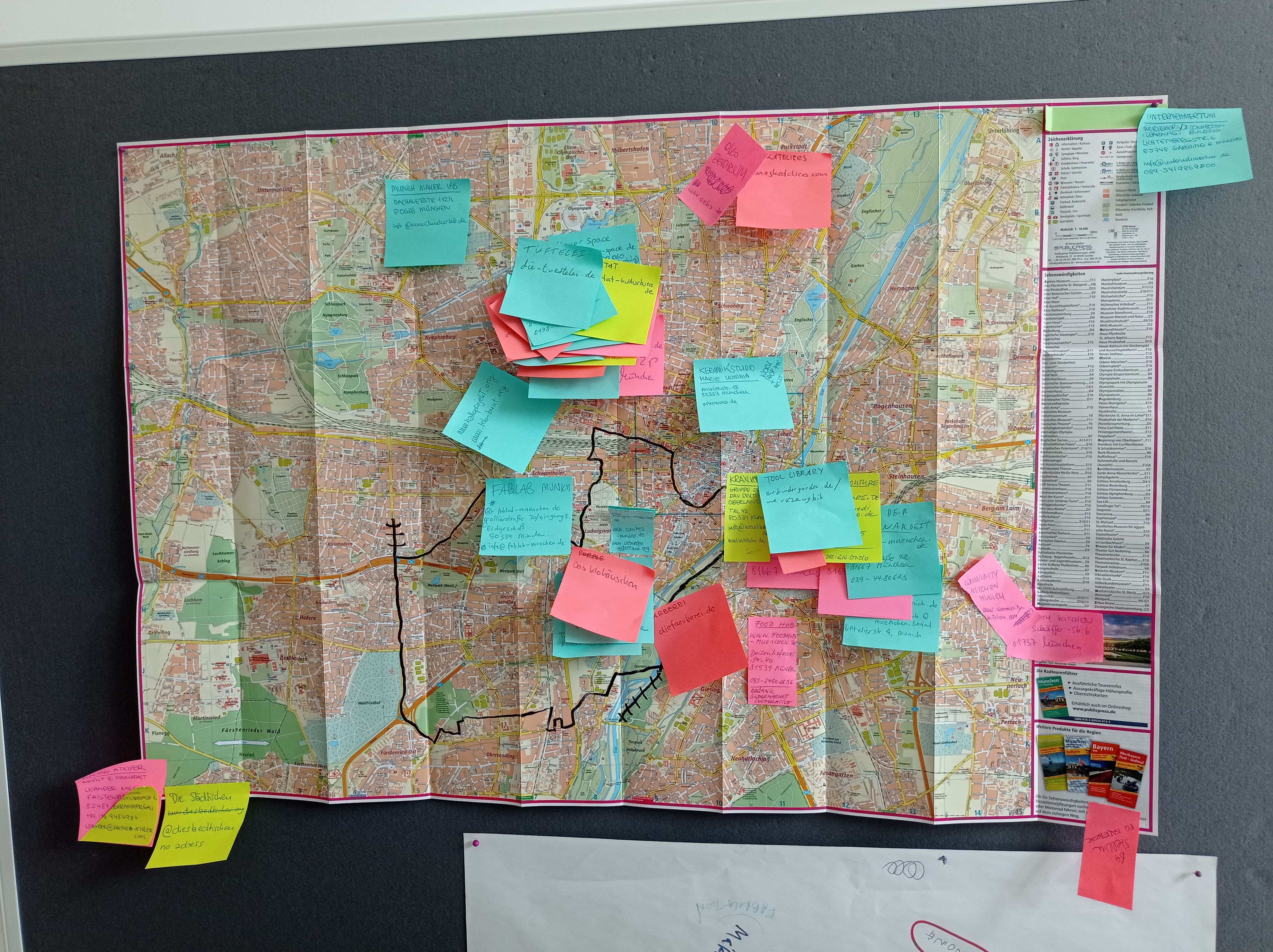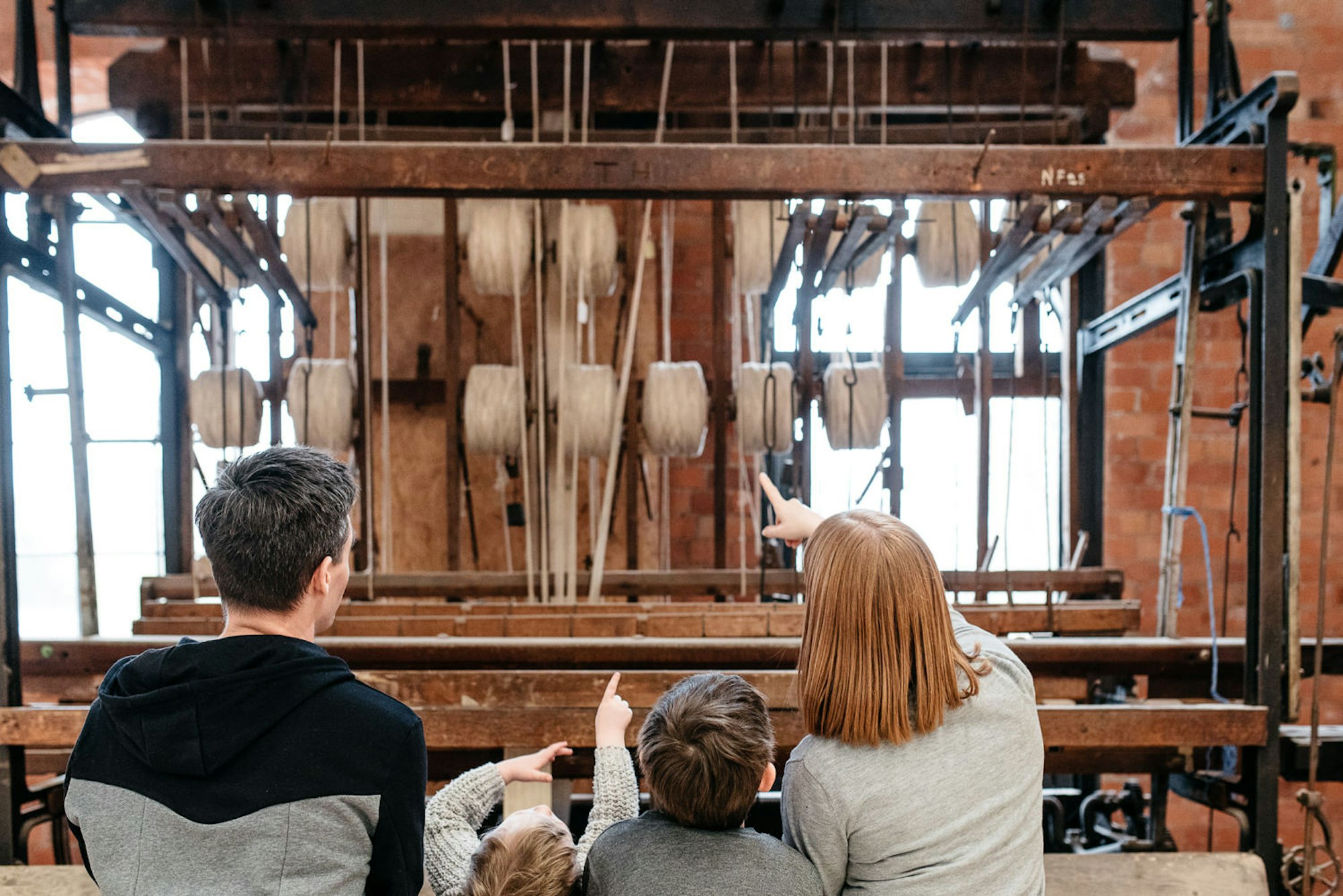Day 2: The Make Works Christmas Countdown

For the Make Works Christmas Countdown this year, we will be telling you a bit about different materials each day, with suggestions about where you can work with it in Scotland.
Day 2: Plaster
Plaster is a dry powder which is mixed with water to form a paste-like material, which hardens over time. Plaster is not load-bearing, so it commonly used for decorative work such as architectural mouldings and sculpture. It is also used to make orthopaedic casts and for mould making in ceramics - as it sucks water out of the clay in casting.
Once mixed with water, the hydrated plaster gives out heat through the crystallisation process. Before the plaster hardens it can be poured, layered, worked by hand, or shaped using tools. Depending on what has made up the plaster powder will determine how fine the plaster is, how long it is workable, and therefore what it can be used for. Typically plaster contains either materials like gypsum, lime or cement.
The large gypsum deposit near Montmartre in France is where the term “plaster of Paris” originates, as underneather Cimetière de Montmartre are large, abandoned mines.
Running Mould (2010) from Glithero on Vimeo.
In Running Mould by Studio Glithero, a team of nine layer wet plaster on top of a wooden bench mould, to create a twelve metre circular plaster bench.
You can buy fine casting plaster from suppliers such as Potclays online or Special Plasters in Birmingham.
In Scotland, you can use plaster in the sculpture workshop mould making facilities at Scottish Sculpture Workshop, Glasgow Sculpture Studios or Edinburgh Sculpture Workshop. If you work with any artist fabricator or ceramicist they are also likely to use plaster.
Categories
Article
Related stories
Why Make Work Locally
Alan Moore and Ten30 Fashion
Tips for Manufacturing in Scotland
A Life in Lace
In the Belly of the Beast: my one year manufacturing for Coca Cola






